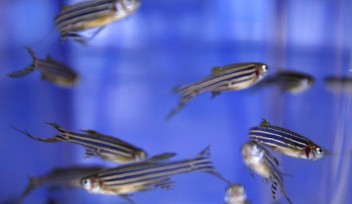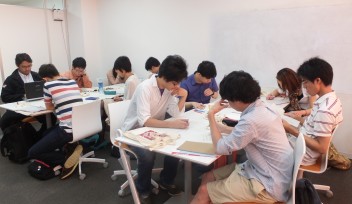Mechanism explaining why heterogeneities in host metapopulations cause the evolution of elevated pathogen virulence

Figure 3: Heterogeneities in local environments create heterogeneity in the densities of local host populations. The left population is “resource-rich” for pathogens, as it offers a higher density of susceptible hosts, while the right population is “resource-scarce”, as it offers a lower density of susceptible hosts. For higher susceptible-host densities, more virulent pathogens are favored, while for lower susceptible-densities, milder pathogens are favored. Crucially, the net effect of these selection pressures across the metapopulation is not balanced, as the resource-rich population makes a more significant evolutionary contribution than the resource-scarce population, causing evolution to drive up pathogen virulence and infectiousness.
Mechanism explaining why heterogeneities in host metapopulations cause the evolution of elevated pathogen virulence
Copyright OIST (Okinawa Institute of Science and Technology Graduate University, 沖縄科学技術大学院大学). Creative Commons Attribution 4.0 International License (CC BY 4.0).














